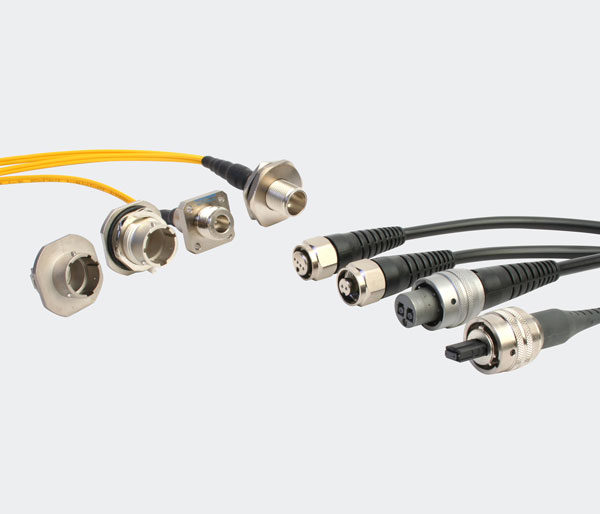According to the latest data, high-speed fibre internet surpassed Cable for the first time as the dominant fixed broadband technology in the 38 member countries of the Organization for Economic Co-operation and Development (OECD), accounting for 34.9% of fixed broadband subscriptions.

The latest update to the OECD Broadband Portal shows that in the year to December 2021, Fibre Subscriptions in the OECD’s 38 member countries grew by 18.6%, ahead of Cable, which now accounts for 32.4% of fixed broadband subscriptions %; while DSL accounts for 27%, and the proportion is still declining. This is good news for the delivery of data-intensive services and applications, given the symmetric capacity offered by fiber.
The fastest growth is in Costa Rica, Israel, Greece and Belgium, all of which have increased fiber connections by more than 80% in 2021. In OECD member countries, the share of fibre in broadband is now 50% or more in 13 countries, with Chile, Finland, Luxembourg, New Zealand, Norway and Portugal having a share of over 50%, Iceland, Japan, South Korea, Latvia, Lithuania, Spain and Sweden have a share of over 70%.
Fixed broadband subscriptions continue to grow in almost all OECD countries. The number of fixed broadband subscriptions in the OECD region increased by 3.9% to 472 million in 2021, up from 454 million in December 2020. In OECD countries, there are an average of 34.4 fixed broadband subscriptions per 100 inhabitants. Switzerland leads with a penetration rate of 48.4 subscribers per 100 people, followed by France (46%), Norway (45%) and Denmark (45%).
Mobile data usage per subscriber will grow 15% in 2021, lower than in 2020, but still up 79% in the three years to the end of 2021. Each OECD subscriber consumes an average of 8.4GB of data per month, but varies widely across countries. Finnish subscribers led the way with 36.7GB of data consumption per month, followed by Latvia (29.7GB) and Austria (26.4GB), while Mexico and the Slovak Republic averaged just under 4GB per month.
Despite the very high penetration of mobile broadband subscribers, a significant growth of 5.5% was achieved in 2021. Japan, Estonia, the United States and Finland have the highest mobile broadband penetration rates with 191%, 180%, 169% and 157% of mobile broadband subscriptions per 100 inhabitants, respectively.
Iceland leads by far in machine-to-machine (M2M) communication with 317 M2M SIM cards per 100 inhabitants. Vodafone Iceland’s M2M subscription to help international pharmaceutical companies distribute COVID-19 vaccines is responsible for the high numbers. Sweden, Austria, Norway, and Germany also ranked high in the number of M2M SIM cards used per capita. Sweden has 191 M2M SIM cards per 100 inhabitants, this is because Swedish operators use these SIM cards in other countries. Overall, M2M/combined mobile phone subscriptions increased by more than 16% in the past year (58 million new subscriptions) in countries with data.




